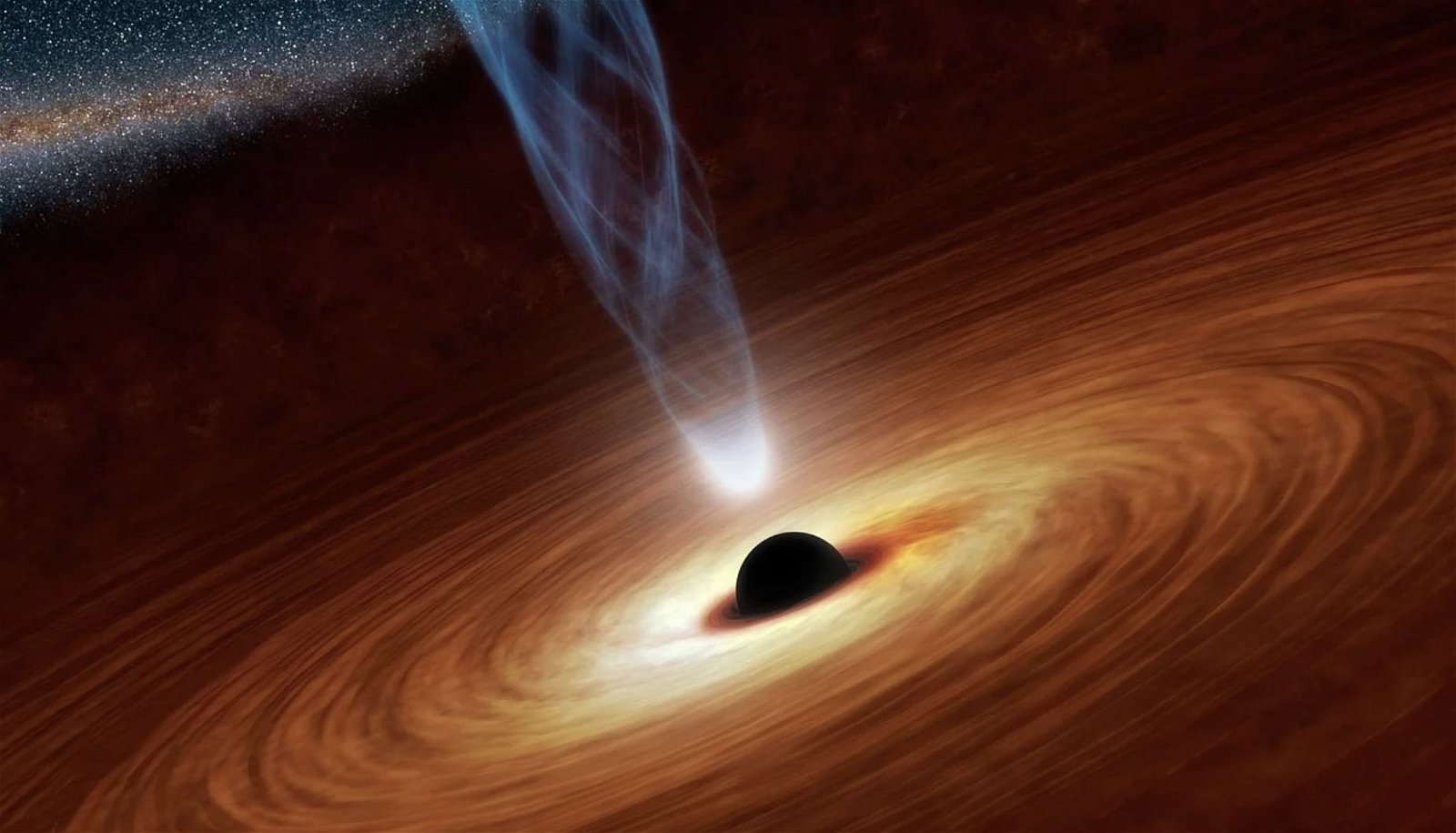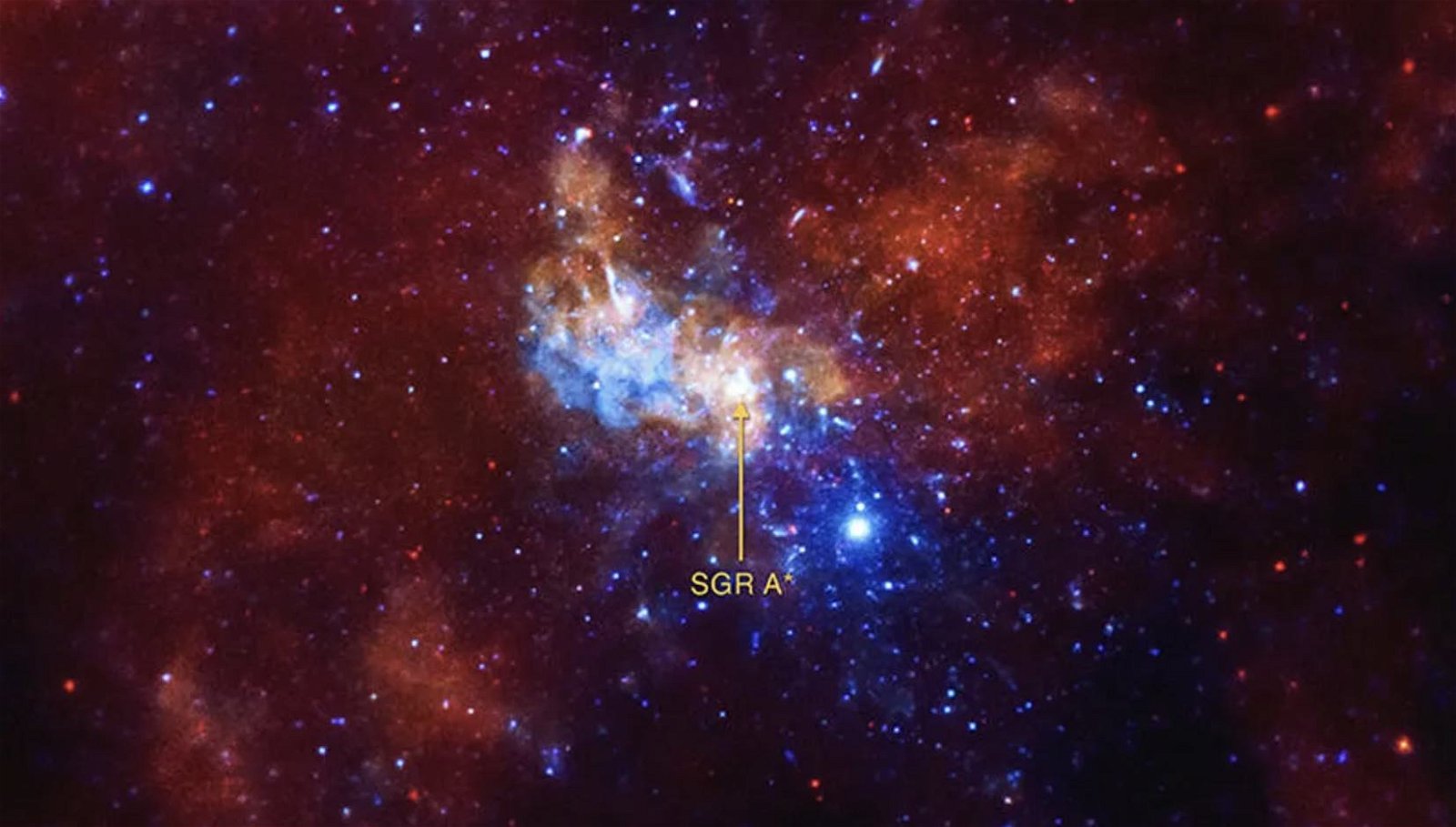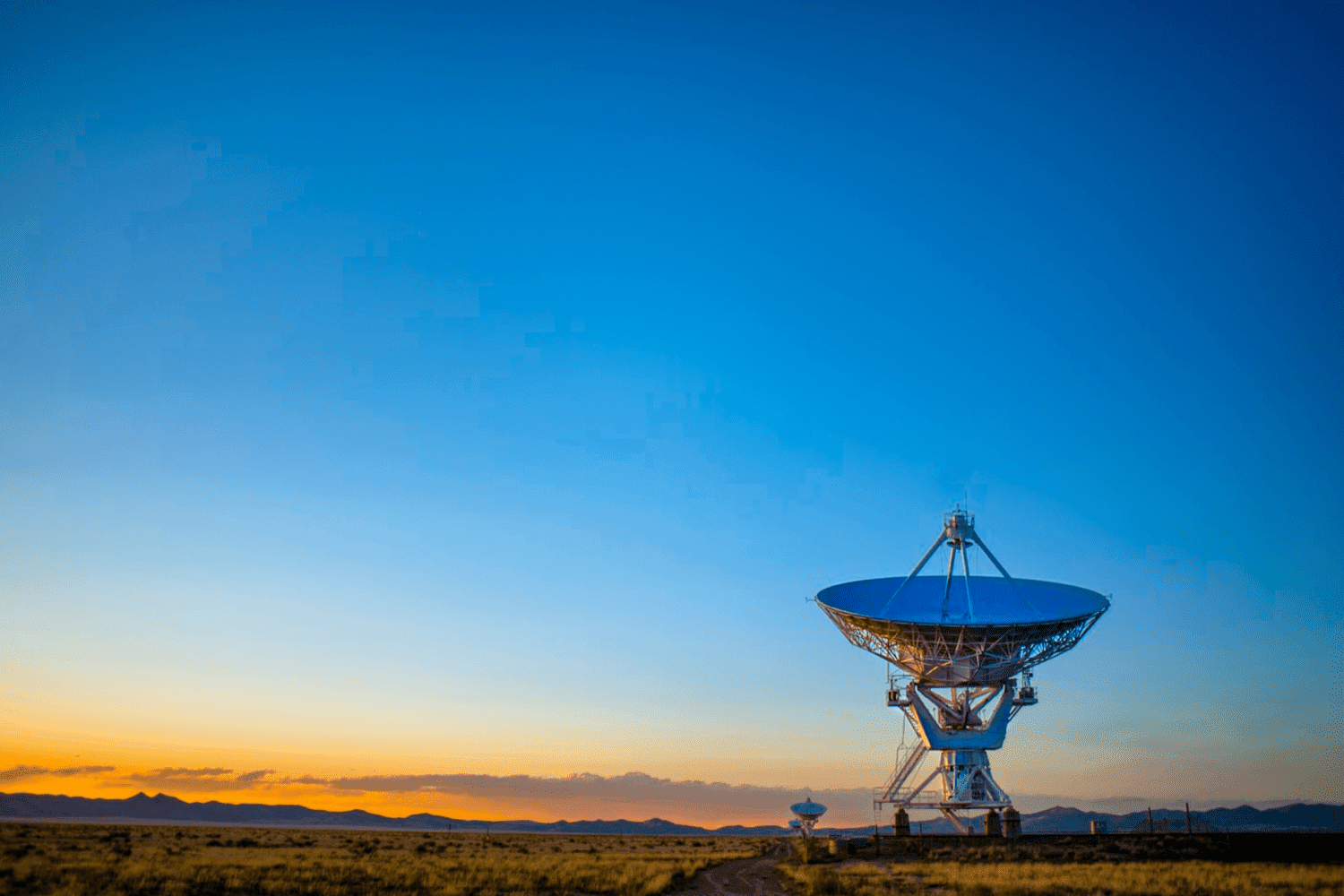

Welcome to this week’s edition of The Intelligence Brief… in this installment, we’ll be traveling to the edge of a supermassive black hole at the center of our galaxy where 1) an object exists that travels faster than any object ever observed in space, 2) what makes the star S62 so strange to astronomers, and 3) how studying it later this year could help unravel some of the lingering mysteries about our universe.
Quote of the Week
“It is a mistake to think that moving fast is the same as actually going somewhere.”
―
Before we dive into things, a few of the stories we’ve been covering in recent days at The Debrief include how images of the “Phantom Galaxy” M74 are among the latest stunning efforts that combine data collected by Webb and Hubble Space Telescopes. Elsewhere, a bombshell investigative report by an international collective of journalists has recently revealed that a Russian spy was able to successfully infiltrate top NATO Command Circles. Finally, a controversial study by Ukrainian researchers says that unidentified aerial phenomena has produced images of objects that defy simple explanation… here’s our report on their findings.
Also, be sure to check out The Debrief’s YouTube channel for the latest in video reporting, podcasts, and other content. And with that, it’s now time for us to shift our attention over to the curious object orbiting a supermassive black hole in the center of our galaxy that has astronomers scratching their heads… and how it might help us better understand mysteries like dark matter.
Faster than a Speeding Bullet… and Everything Else
Imagine an object traveling so incredibly fast that its movement is difficult to discern. So fast, in fact, that it can only be understood with help from Einstein’s famous general theory of relativity.
This is actually the case when it comes to certain stars that possess extremely close orbits around Sagittarius A* (Sgr A*), a supermassive black hole at the center of our galaxy. Most of these stars can still be understood in terms of Kepler’s laws of planetary motion, with help from Isaac Newton’s original observations of gravity.


However, under certain circumstances, there are stars so close to the center of this massive black hole that it makes their movement more difficult for astronomers to describe accurately. Such is the case with S62, an odd case among stellar bodies whose near approach to the black hole in the center of the Milky Way causes it to move at greater than 8% of the speed of light.
The Strange Case of S62
Located in the cluster of stars around Sgr A*, S62 is a star roughly double the mass of our Sun, which is moving faster than any other stars known to astronomers, thereby making each of its orbital periods a mere 9.9 years.
Part of what brings S62 so close to Sgr A* is its highly eccentric orbit, which is slightly less than the distance between our Sun and the planet Uranus. On account of this, S62 also possesses a great degree of precession (the torque that results from the gravitational influence on one of the axes of spin of the star), causing its orbit to shift by as much as ten percent in each of its revolutions around Sgr A*, as it is expected to do once again later this year.


At its remarkable rate of speed, one hour on S62 would amount to just 100 minutes for any of us on Earth, fast enough to constitute what physicists call time dilation—a phenomenon arising from differences in gravitational potential between a pair of locations, or from the relative velocities of each separate location, which causes time to pass differently between them.
Unlocking the Mysteries of the Relativistic Universe
This Fall, astronomers plan to use S62’s close approach to SgrA* to help further test the effects of Einstein’s general theory of relativity, as had been previously done with S2, another star orbiting the supermassive black hole which had previously offered such a benchmark to scientists due to its near approach.
The results of such studies may help scientists not only confirm and broaden our understanding of relativistic properties of our universe but could also help unlock lingering mysteries like those involving dark energy, one of the many problems about our universe that still perplexes physicists and astronomers.
Although ongoing efforts to unravel such problems move at a slow pace, in the days ahead they may get a quick boost from one of the fastest moving objects ever observed in our galaxy.
That concludes this week’s installment of The Intelligence Brief. You can read past editions of The Intelligence Brief at our website, or if you found this installment online, don’t forget to subscribe and get future email editions from us here. Also, if you have a tip or other information you’d like to send along directly to me, you can email me at micah [@] thedebrief [dot] org, or Tweet at me @MicahHanks.


Here are the top stories we’re covering right now…
- Turbulence, the “Greatest Unsolved Problem in All of Science,” Could Soon be Decoded
Physicists with the Georgia Institute of Technology say they have demonstrated how the phenomenon of turbulence can be better understood with a bit of help from fluid dynamics.
- Enigmatic “Phantom Galaxy” is Revealed in Stunning Images From Space Telescope Collaboration
Images of the “Phantom Galaxy” M74 are among the latest stunning efforts that combine data collected by Webb and Hubble Space Telescopes.
- Wish Upon a Star
Imagine if every human that ever lived had a star of their own; how would this broaden our individual sense of our place in the cosmos?
- “Artemis Ascending” Will Use VR to Bring Viewers to the Launchpad for NASA’s Artemis I Mission
NASA’s “Artemis Ascending” is a VR live stream of the Artemis I launch that has the potential to change how viewers tune in to watch events online.
- “Cosmics” and “Phantoms”: Ukrainian Independent Study Reveals Observations of Unidentified Aerial Phenomena
Ukrainian researchers say an independent study of unidentified aerial phenomena has produced images of objects that defy simple explanation.
- Russian Spy Successfully Infiltrated NATO Command Circles, Stunning Report Reveals
A bombshell investigative report by an international collective of journalists reveals a Russian spy who was able to successfully infiltrate top NATO Command Circles.
- Innovative New Method of Harvesting Oxygen on Mars Puts the Fourth State of Matter to Work
New research suggests a process to extract oxygen from the Martian atmosphere using plasma, the fourth state of matter.
- Ukrainian Army to Receive “Black Hornet” Military Micro-Drones
Ukraine is set to receive some “Black Hornet” military micro-drones, described as a “spy plane that fits in your hand.”
- Artemis Mission Has NASA Searching the Lunar South Pole for Landing Sites
This week, we examine several landing sites NASA recently proposed on the Moon’s south pole for its ambitious Artemis mission.
- Possible Alien “Water World” Discovered 100 Light-Years From Earth
A team of scientists have announced the discovery of a possible alien water world that, in astronomical terms, is relatively close to Earth’s backyard.
- A New Contract Awarded to Astroport Space Technologies Reveals a New Wave of Space Construction
Astroport Space Technologies has been awarded a new contract from NASA to help build launch and landing pads on the Moon.
- Researchers Untangle “Arrow of Time” Mystery in Groundbreaking New Physics Study
Researchers are closing in on the mystery of the arrow of time, and how cells and particles could be the source for various phenomena that gives rise to the human concept of time.
